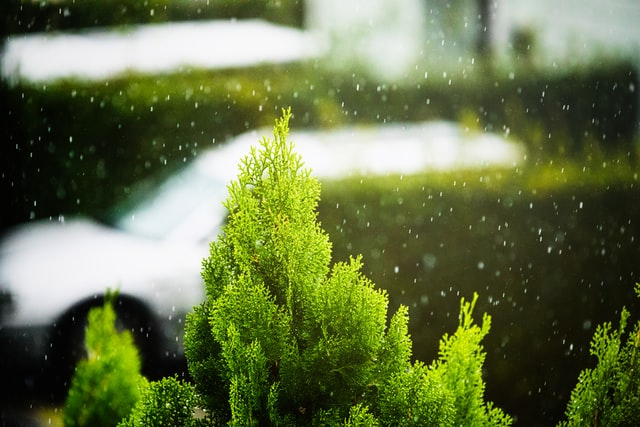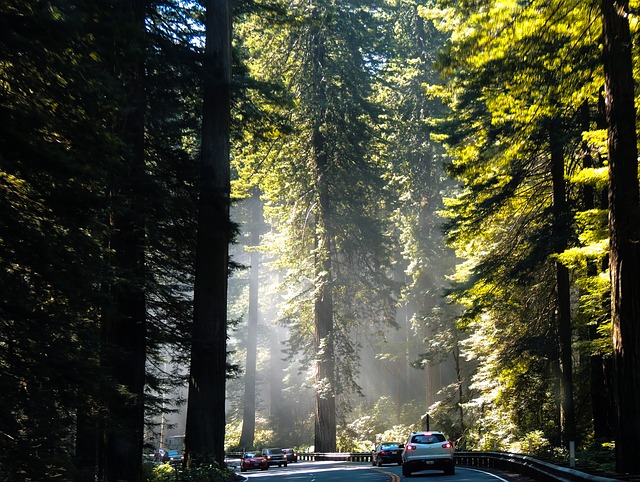This snippet has been extracted from “Firescaping Creating Fire- Resistant Landscapes, Gardens, And Properties in California’s Diverse Environments Wilderness Press Berkeley, CA. Plants and Fire prevention measures are well discussed and addressed at “Tree Removal in Hayward CA“
Second only to roof type, the plants surrounding a house have an enormous influence in determining a home’s survival during a wildfire. Vegetation will either lead afire to a structure, or stop it.

Lawns, succulents, and rocks are recommended design ideas with impeccable records for stopping wildfires. Unfortunately, these landscaping choices do not satisfy many of the other demands placed on California gardens. Privacy, aesthetics, erosion control, and wildlife enhancement require plants of many different sizes, characteristics, and preferences.
Picking plants for a fires-caped garden is tough because at one point or another, every plant will burst into flames. All of the plants recommended in this chapter can catch on fire, but they are less likely to do so than others (except for the flammable plants listed at the end). Three gauges are used to determine a plant’s degree of flammability: ignitability, sustainability, and combustibility.
Ignitability is determined by counting the seconds it takes a plant to burst into flames when exposed to grass or forest fire temperatures, roughly between 650 0F and 1,100 0F. A plant’s leaf thickness and moisture content directly affect the amount of time the plant takes to ignite. A succulent is much harder to ignite than grass, because of its thick, moisture- laden leaves.
Once a plant has burst into flames, its ability to keep the fire going determines its sustainability. The amount of fuel a plant possesses governs sustainability. A greasy landscape cannot sustain a fire like chaparral.
The amount of heat a plant is capable of producing when on fire determines its combustibility. Tissue density and chemical composition are the largest factors influencing combustibility. While an oak is harder to ignite than a pine, it will produce more heat once started. The greater the heat, the greater the likelihood that the fire will spread.
Whether a plant will catch on fire, keep a fire going, and propel a fire is determined by its physical characteristics. Getting to know these qualities is fundamentally more important than remembering plant lists. In general, the flammability of a plant is directly related to its amount of stored moisture and fuel. Ice plant (very low flammability) and pine (very high) represent the two opposite extremes. Following is a list of general plant types and how flammable they are, depending on their characteristics:

- Deciduous plants are less flammable than evergreens.
- Broad leaf plants are less flammable than those with needle and blade-like leaves.
- Moist and easily bent leaves are less flammable than stiff and leather-like leaves.
- Thick leaves are less flammable than fire or thin leaves.
- Plants that produce a low amount of litter are less flammable than those that produce a lot of litter.
- Plants with sap that looks more like water are less flammable than plants with thick, gummy, or resinous sap.
- Plants without fragrance are less flammable than plants with aromatic qualities.
- Plants with silver or gray leaves, which have a high mineral and ash content, are less flammable than those without. However, some plants, such as the highly ignitable native fragrant sages, do not follow this rule.
- Plant leaves without hair (Cilia) are less flammable than those with hair; this also applies to the underside of leaves.
This chapter provides recommendations for plants according to specific fir-escaping zones, with special instructions for planting on slopes. Within each zone are the plants that are best at serving that zone’s unique goals, discussed in greater detail. However, most recommended plants can be used throughout a landscape. For example, if a drought- tolerant garden is being planted, then zone 2 and 3 recommended plants are practical in zone 1.
At the end of this chapter is a list of highly flammable plants. These plants are considered highly ignitable combustible and should not be planted around a how in fire- prone communities.
Remember, every plant recommended in this chapter can catch on fire. The ability of any of these plants retard or resist a fire depends on their condition. A plant that is over aged, water- stressed, infested by pests or improperly cared for is more flammable as a consequence. Truly, landscape maintenance – not plant selection – is the fulcrum of fire safety.
Continue reading on Pruning
